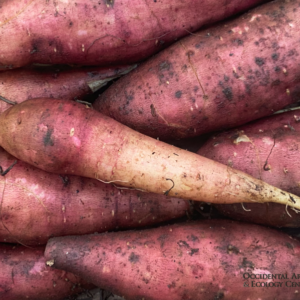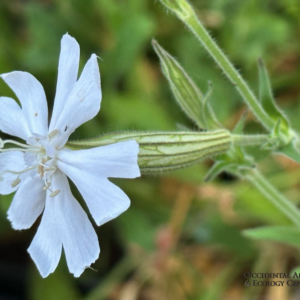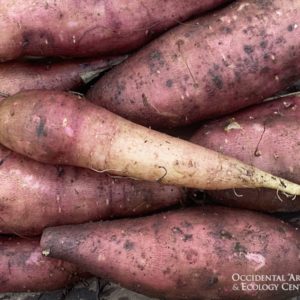Yacon
Smallanthus sonchifolis
Also called Bolivian sunroot, yacón originates in South America and is particularly cultivated on the eastern slopes of the Andes Mountains. Grown for its yam-sized tuberous root, it is more hydrating than starchy tubers such as potatoes. Often eaten raw, or sometimes cooked, its juiciness and texture are comparable to jícama, with a very sweet, almost pear-like taste (sometimes referred to as “ground apples”). It is becoming more common to see syrups made of yacón, as it contains many fructooligosaccharides and can therefore be used as a low-glycemic and low-calorie sweetener, which is especially promising for diabetics.
Water: Moderate
Hardiness: Frost Hardy
Habit: 4' to 6' tall by 2' to 3' wide
Light: Full Sun to Partial Shade
Soil: Well-draining, well-amended soil, use potassium-enhanced fertilizer
Origin: The Andes





